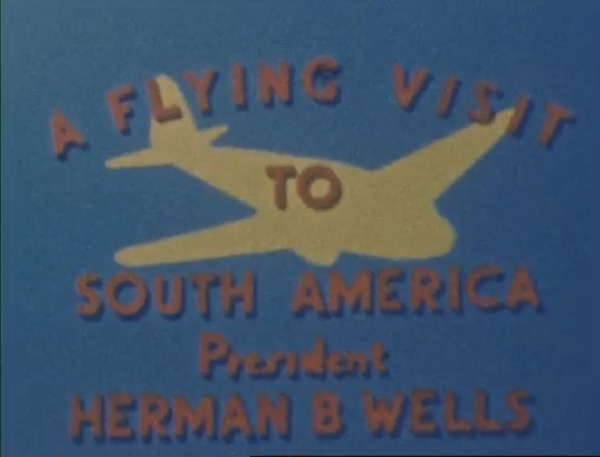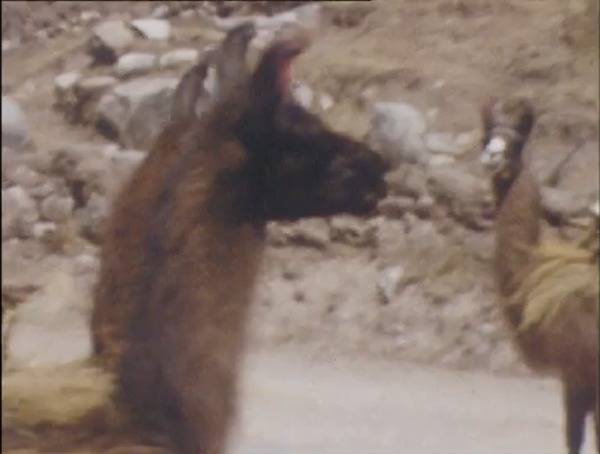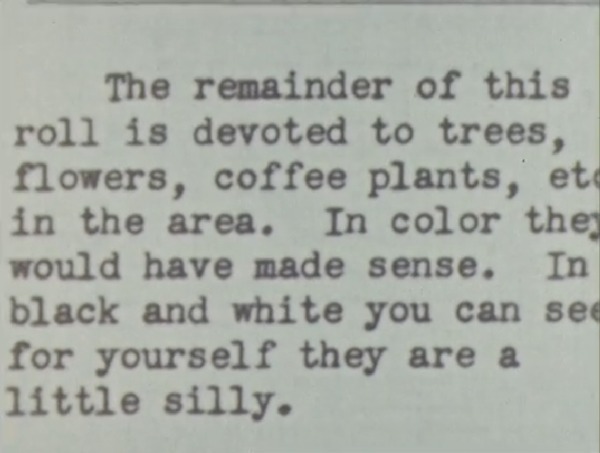- Indiana University Libraries Moving Image Archive
- About the IU Audio-Visual Center (IUAVC)
-
Agency for Instructional Television/Technology (A.I.T.)
- Inside/Out
- Wordsmith
- Self-Incorporated
- It Figures
- Bread and Butterflies
- Trade-Offs
- ThinkAbout
- Teletales
- Your Choice Our Chance
- Give & Take
- Amigos
- On The Level
- Geography in U.S. History
- Math Wise
- Math Works
- All About You
- Arts Alive
- The Heart of Teaching
- Readit
- In Other Words
- Global Geography
- Drawing With Paul Ringler
- Watch Your Language
- Looking From the Inside/Out
- Applied Communication
- Just For Me
- Understanding Taxes
- Alan Lewis Collection
- Bosustow Family Film Collection
- CBS Quad Tapes
- Educating America: Inside the World of NET
- Growing Pains: Victory Gardens and Agriculture on the WWII Home Front
- Herman B Wells Home Movies
- Holland Family Home Movies
- International Federation of Film Archives (FIAF) Historical Audiotapes
- The Lori Marion Home Movies
- Making Ripples and the Emergence of National Instructional Television (N.I.T.) 1969-1973
- The March of Time
- McRobbie-Gair Family Home Movies Collection
- Photochemical Film Lab List
- Promoting the U.S. Oil Industry
- The Rootie Kazootie Club
- Social Guidance Films
- The World We Want-Herald Tribune World Youth Forum
- WSJV Reports on Ryan White, 1985-1993
- OCIAA Films
- Soundies: The Music Videos before Music Videos
- Problems in Supervision: Educating a Changing World War II Workforce
South America Trip
In late July 1941, President Wells embarked on an extended tour of South America through the Institute on Inter-American Affairs. He was invited by Hubert Herring, the executive director of the Committee On Cultural Relations With Latin America. Together, they flew between the numerous destinations along their tour, meeting with each country's US Ambassador and the local members of the key political and professional groups. Wells was also able to meet with faculty and administrators at many of the universities in these countries. He remarked after he returned to the States in mid-September that this multicultural experience opened his eyes to other perspectives and understandings of the world and inspired him to take Indiana University in a more internationally-oriented direction. Indeed, Wells was quite passionate about the prospect of broadening the University's horizons. He had been given permission by the Board of Trustees to give two IU scholarships to any college-aged students of his choice while he was in South America, but by the end of the trip he had managed to recruit many more, even without the promise of a scholarship. It was also during this time that Wells met his future assistant, Peter A. Fraenkel. Born in Germany, Fraenkel had moved to Bolivia as a youth. It was there that he and Wells crossed paths. Fraenkel became Wells' tour guide and translator for the journey, a practical relationship that turned into a friendship. Wells would continue to spend a great deal of time during the remainder of his presidency arranging study abroad opportunities for students and recruiting international faculty so that the IU community could get a glimpse into other worlds outside of their own.
These films speak to Wells' interest in other cultures and the importance he placed on learning about them. He not only captured the ordinary lives of the city-dwellers, but also the traditional ways of the indigenous peoples. Furthermore, these movies differ from the others in this collection in that they have been edited with transitionary slides that show maps of the geographical location of each stop along the tour and fun facts about the history and cultural practices of the people in many of the places he visited. Wells clearly thought that these films were important for the proliferation of knowledge and understanding of the South American peoples, otherwise he likely would not have spent the time to edit them. Through the addition of these transitionary slides we can also see the emergence of Wells' sense of humor (see the llama slides in Part 2) and his progressive stance on racial equality (see his brief discussion of race in Part 3). Click an image to watch a movie.
Part 1 of 3
The first of three reels, this film logs the early days of the trip. In Panama City, Panama, Wells records civilian life and tropical plants. In Bogotá, Colombia, he films the palatial home of Simón Bolívar and the gardens in the area. In Cali, Colombia, he captures the Arabic-style architecture. In Quito, Ecuador, he juxtaposes the homes of the agrarian poor with those of the moneyed upper-class, which highlights the extreme wealth gap in the country. In Otavalo, Ecuador, he shows us a traditional marketplace teeming with people and goods, and he directs our attention to the traditional dress of the indigenous people. In Lima, Peru, he pans over the cathedral where the remains of conquistador Francisco Pizzaro, who was responsible for the fall of the Incas, are kept. He also shows us footage of more colonial architecture and people cooking a traditional barbeque dish called pache comanch. In Arequipa, Peru, architecture is once again a major focus, but Wells also captures some views of the natural environment, in particular the enormous stratovolcano, Mount Misti, looming over the city. The South American footage in this reel ends with Wells preparing to embark by train to Cuzco, Peru.
The rest of the footage on this reel (16:23 to the end) is dedicated to one of Wells' European adventures. He appears to be in Greece for most of the remaining scenes. Views of the countryside, agriculture, farm animals, and ruins abound. The Parthenon appears at 24:13. See "Unknown Video #1" for more on Wells' European travels.
Reel 2 of 3
This film begins with footage from Cuzco, Peru. Wells documents the happenings at an indigenous market, once again noting the clothing of the locals. He then captures a traditional religious ceremony, Incan ruins, and many llamas in the surrounding area. He seems particularly amused by the llamas; many of the informational slides concerning Cuzco comment on the llamas, and Wells takes a few close-up shots of their humorous facial expressions. Moving on to La Paz, Bolivia, Wells focuses on both the colonial and the modern architecture, which, when taken together, produce a traditional European and yet very South American aesthetic. In Arica, Chile, he takes notice of the many types of plants. In Valparaiso, Chile, he captures the local fishing boats and birds. In Santiago, he views the architecture, with a particular emphasis on the municipal stadium. In Córdoba, Argentina, he once again focuses on the plants and the colonial architecture of the area. The same goes for Montevideo, Uruguay. In Buenos Aires, Argentina, Wells documents an elaborate cemetery, the grounds of a popular livestock show, and a racetrack (for horses, not cars). At 15:00 the film switches to black and white and captures more architecture and trees.
Reel 3 of 3
The last of the reels in the South American series, this film begins at Sao Paulo, Brazil. First, we see a farmer playing with and examining snakes on a snake farm. Then Wells covers the local flora. In Rio de Janiero, Brazil, Wells captures some images from a botanical garden and some seaside fun at the beach. He remarks in one of his informational slides that both blacks and whites in Brazil were able to enjoy the beach together without segregation or prejudice, possibly a not-so-subtle criticism of the prevalence of both of those qualities in US society at the time. His remaining footage from Rio covers city life. Modern and colonial architecture, automobiles, and city-goers are depicted. In Caracas, Venezuela, Wells films the Grecian-style architecture of the art museum and the swimming "performance" of a local swan. In Barranquilla, Colombia, Wells focuses on the gardens surrounding his hotel; shrubs, flowers, and palm trees are shown in abundance.
There ends the South American footage. Wells uses the remainder of this reel to document the last part of his journey back to Indiana. First, he arrives in Florida, where he films the beach and the resorts alongside it, and a man knocking coconuts off of a tree. He also captures a view of the ocean as a boat sails along on top of it. To use up the remaining minute of film, Wells records the movement of the Ohio River near Newburg.



